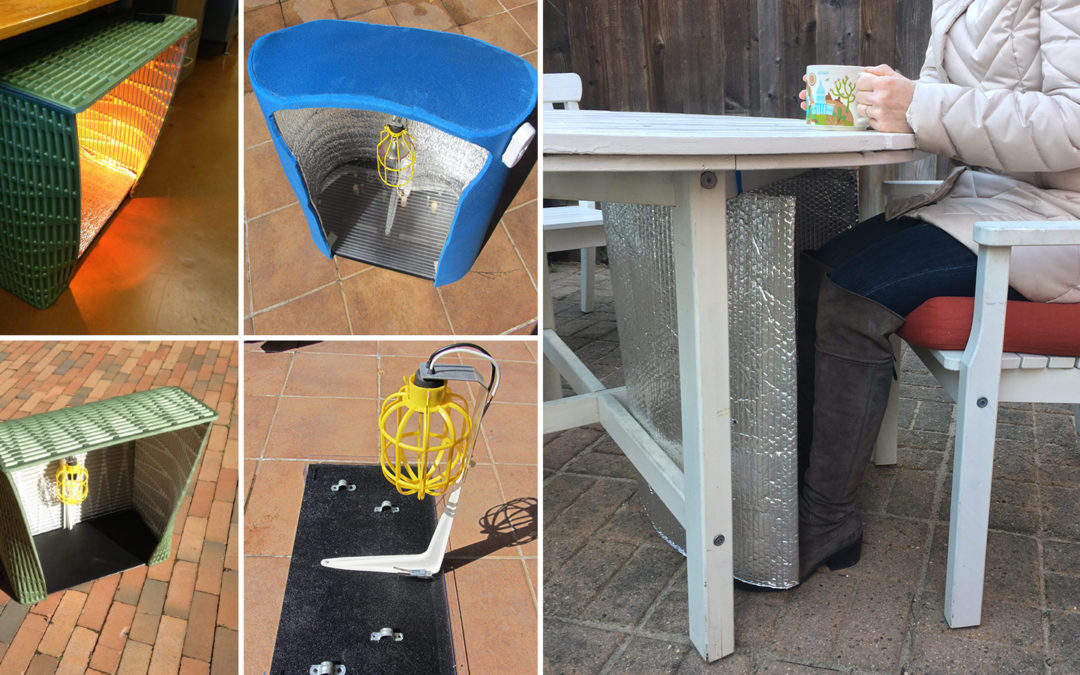
David Lehrer March 10, 2025
In this edition of Centerline we share recent news about staff recognition, funding to create radiant system guidelines, and highlights of new publications on embodied carbon, HVAC innovations, insights and marginal emissions. We also have updates on conferences and other inspiring gatherings, including the ‘Women of Carbon’ film screening at UC Berkeley.
More

David Lehrer December 12, 2024
As we wrap up 2024, we are excited to share updates on recent work and also about upcoming events where our research team will share our results with broad audiences from industry and academia. Much of this work benefits from the invaluable contributions of our industry partners and research affiliates that include companies and academic institutions from around the world.
More

David Lehrer July 15, 2024
This spring CBE’s research team was thrilled to learn we had won two major funding awards from the California Energy Commission. These winning proposals were led by the California Institute for Energy and Environment (CIEE) who will lead the future work in close collaboration with CBE researchers and other contributors. Both projects are multi-year efforts, each with a wide range of research activities and deliverables, and leverage CBE’s collective knowledge, capabilities and our extensive network of industry and academic partners.
More

Centerline Team October 29, 2023
CBE is one of 30 research testbeds supporting the California Test Bed Initiative, a lab-based commercialization development program for innovators and entrepreneurs working to bring early to mid-stage clean energy concepts to market. CalTestBed will award vouchers worth up to $300,000 to test and validate candidate technologies at one of nearly 30 testbeds across the UC system and Lawrence Berkeley National Laboratory. Under this program, CBE has completed voucher-based research for two emerging cleantech companies.
More

David Lehrer July 25, 2023
In this Centerline we introduce two rising stars from CBE’s research team, Akihisa (Aki) Nomoto and Matt Roberts, the most recent postdoctoral scholars to join our center. Aki’s work reinforces CBE’s leadership on thermal comfort in complex environments based on human physiology. Matt brings to CBE extensive expertise in life-cycle assessment (LCA) methods, and will initially focus on the embodied carbon impacts of MEP systems.
More

David Lehrer December 14, 2022
A technology campus in France has received the Livable Buildings Award for 2022 from UC Berkeley’s Center for the Built Environment. This year’s winner, Arm France, is the first award winner outside of North America. The design was developed based on LEED and WELL building standards in order to provide a healthful, flexible and sustainable workplace. This annual award program recognizes excellence in sustainable design and user satisfaction as measured by CBE’s Occupant Survey.
More

David Lehrer February 15, 2022
The results of a new study challenge an industry standard which cited an optimal indoor temperature to improve work performance. The study followed the methods of previous research, but used additional data and rigorous statistical methods. The results found no evidence for a relationship between work performance and temperatures commonly found in offices, and none that should be adopted as an industry recommendation.
More

David Lehrer January 20, 2021
The Covid-19 pandemic has challenged the restaurant industry, forcing many beloved institutions to close, while many have pivoting to take-out service and outdoor dining only. While we rally to support our favorite eateries, colder climates present some serious challenges to patio dining. In this Centerline post we borrow ideas from CBE’s experience with prototyping and testing innovative and energy-efficient ways to help people comfortably dine al fresco as we get through a dark and cold pandemic winter.
More

Thomas Parkinson October 12, 2020
An international team of researchers led by CBE has devised a new method for evaluating thermal comfort inside buildings over extended periods of time. The new index, one of many created and tested by the team, has been demonstrated to be a significant improvement over existing indices being used in building design and operation.
More

Edward Arens August 20, 2020
Imagine an ice cream parlor that offers only one flavor of ice cream, one chosen by scientists based on what an ‘average’ person wants. While this idea seems absurd, a similar logic has been used in establishing standards for thermal comfort in buildings. A group of CBE staff, industry partners and others have developed a revision to thermal comfort standards that acknowledges the variability in human comfort preferences.
More










